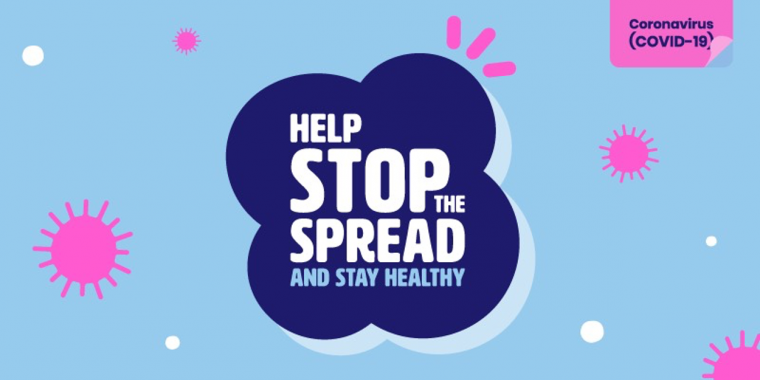One good thing about viruses is that they can only reproduce when they’re inside another cell.
So without a host to live in, this new coronavirus that causes COVID-19 will eventually just peter out because it can’t copy itself to survive, said immunologist Stuart Tangye of the Garvin Institute of Medical Research.
But research published this week in The New England Journal of Medicine found that SARS-CoV-2 can still survive for hours and in some cases days, outside a host, depending on the type of surface it’s on.
The study looked at the stability of the virus in air and on plastic, stainless steel, copper, and cardboard surfaces.
Under experimental conditions, it found that the virus remained viable in air for the entire three-hour experiment.
On surfaces it was more stable on plastic and stainless steel, than it was on either copper or cardboard.
No viable SARS-CoV-2 was detected on the copper surface after four hours, and on the cardboard surface after 24 hours.
Whereas it was still able to be detected up to 72 hours later on the stainless steel and plastic surfaces.
“[The researchers] did a pretty good study considering the different types of surfaces that we would encounter on a day-to-day basis,” Professor Tangye said, from the plastic seat you might sit on in the train, the stainless door handle on your office door, to the cardboard packaging you receive a parcel in.
“If it’s something like cardboard or something more absorbent, that could influence how long the virus could hang around for,” he said.
“Alternatively, that could also reflect the presence of other factors that might be on those surfaces that would contribute to the breakdown of the virus.”
For example, on the surface of your skin (which the study didn’t look at) you’ve got hair and also oils that could affect the stability of the virus.
What does this mean for your risk of getting infected with coronavirus?
It’s important to be aware of the common surfaces you’re going to encounter when you go to the shops, or when you’re on a bus holding onto the rail.
People who have COVID-19 and may not realise it if they don’t have symptoms at that time, or if their symptoms are mild, can still leave traces of the virus behind.
But just because viable virus particles can be found on a plastic surface for up to three days, doesn’t mean your risk of infection stays the same over that time period.
There is a risk of infection, Professor Tangye said, but it’s diminishing every minute since the virus was put there, because of the breakdown of the virus on the surface over that time.
For example, the study found the median half life of SARS-CoV-2 on plastic was 6.8 hours, meaning that 6.8 hours after it first got on the plastic surface there was half as much there as there had been at the beginning.
What can you do to protect yourself from coronavirus on surfaces?
Professor Tangye recommends cleaning your common household surfaces — like kitchen and laundry benches, your bathroom vanity and taps, kids’ toys —more regularly than you might normally, but he said the current cleaners you’re using are more than enough.
“Soap, bleach, alcohol-based hand sanitisers, those alcohol sprays, these are really disruptive to the virus,” he said.
“It doesn’t really stand a chance in the face of these sort of cleansers which is great for us, some viruses are very hard to get rid of, but this one is pretty flimsy in that context.”
And while frequently washing your hands is great, don’t forget those other common surfaces you’re touching that may not have received the same kind of attention.
“It’s sort of pointless to wash your hands all the time, then to come back and sit down at your keyboard that you probably haven’t cleaned equally feverishly,” Professor Tangye said.





